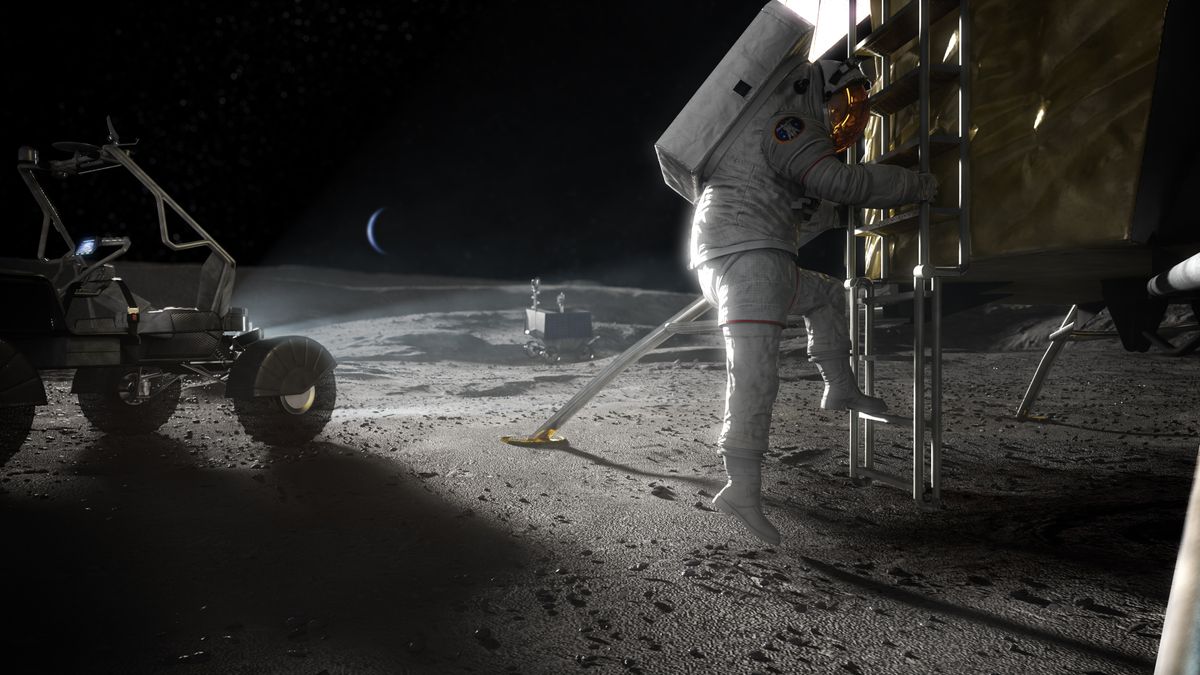Industry stalwart CoreLogic rebranded as Cotality this week, unveiling their new name, logo and brand identity to better reflect where the company is headed. In a sit-down interview with Editor in Chief Sarah Wheeler, Cotality CEO Pat Dodd talked about the mission behind the rebrand and the future he sees for the company.
Sarah Wheeler: Part of the rebrand to Cotality is emphasizing the importance of the human element amid all the technology. Where do humans fit in the mix?
Pat Dodd: Data and technology is moving so quickly these days. Our portfolio of solutions has really evolved the last three or four years, both with companies we’ve bought, but also businesses that we’re not in as much anymore. That people-centric piece — we spent quite a bit of time talking about users and how we make our tools and our software easier to use for the user and for our clients, so they can connect the dots within their own organizations.
The “co” at the front end of Cotality was very important for us, because we’ve tried to be much more open and collaborative with our clients the last few years. So that nod to “co” at the beginning is also a nod back to our mission, our vision and our values. It provides a real catalyst internally and also with our clients, to say: Come explore and co-innovate with us. That’s the hope of the rebrand.
SW: Does Cotality embody what you’re already doing, or is this really future focused?
I’m going to say very much both, because over the last three and a half years, a lot of transformation has happened within the company, but we know that there’s so much more.
I can’t tell you how many people that I’ve either had at the Discovery Center in Dallas or in various meetings on the road, who say: I had no idea that CoreLogic could do this. In the past, c-suite leaders saw us in silos — the tax company or the flood company or the platform company, and always with data. Now we’re bringing Property 360 to the center of our company.
We’ve finished our cloud transition now, and I would say that was a bit of a catalyst for me — when we could build our platform and have all of our content in one place. We are now 100% cloud-enabled, and it’s a machine learning system that we’ve built into the fabric of all that data that’s connected now through CLIP.
SW: Cotality accounts for 99.9% of property data in the U.S., but you are a global brand, operating in Canada, the United Kingdom, Australia, New Zealand, India and Germany. What does your work look like in other countries?
PD: We have great professionals in all of those markets. Our DNA is data and I’ve always found that you need to be local to build it truly as rich as you need it to be to become a truth set. So before I start saying that we’re going to plant 10 more flags, we’re more likely to go deeper in those countries, to bring our capabilities from the U.S. into those markets.
I was just in the UK last week and some of the work they’re doing on energy efficiency — to come and think about resilient homeownership and energy costs for homeowners, and building that into our Property 360 is quite exciting, because we have the energy efficiency ratings on every single home in the UK right now that we’ve just built. And I tell my team, let’s just start with Philly. Let’s just take one city and see what we can do and then roll it out.
SW: What are some ways that international experience benefits your clients in the U.S.?
PD: It really is about building once and reusing many times with technology. I see a lot of duplicate tech in this industry. We’re stepping on the gas with a number of clients to really sit with them and say: What is your core competency? What are you trying to achieve? We probably have some of the back-end tech that you’re going to require. And actually, I believe that’s going to be a big relief to a lot of CIOs and CTOs that are struggling with capacity constraints. And it doesn’t matter which sector — insurance, government, lending, real estate with all the brokers — there’s a huge opportunity there.
SW: You made mention of an internal and external shift with the new brand. How do you get your people internally to embrace the brand and what it stands for?
PD: Some people have been with CoreLogic for 15 years and I think at first, they had to get their head around it a little bit. But, there is also widespread acknowledgement that where we are today in 2025 is so different to where we were 10 years ago, where we were primarily doing what I would call mortgage settlement services-type business, and the diversification of our business has dramatically changed.
If you think about our geography mix, our client mix, and frankly, because of technology — It is fundamentally changed because of five years of hard work of a lot of people. This got started before I got here. We just put a little bit more fuel on the fire the last two to three years.
We do a lot of employee engagement surveys, a lot of listening, and we thought that this was the right time where employees wouldn’t look at us with cynicism. They’d actually say: We are a different company.
SW: In addition to your new brand, you also have a new tagline: Intelligence beyond bounds. What does that mean to you?
PD: A few things are beyond bounds for me. First off, we’re really taking our capabilities and our essential workflow tools — as well as our data — well beyond just the single property or the structure, which we’re quite strong at today. We’re now understanding neighborhoods and where future neighborhoods should be built, especially given the deficit of affordable housing in this country.
The second thing is, while we’ve always had some predictive tools at CoreLogic, I think the way technology is moving, we want to have our information just look around the corner a little bit more for various customers. For example, I was just talking about the LA wildfires and thinking about what this could look like so these don’t happen again, not just in LA, but in other areas. So, our weather forensic models are very important to look around the corner, but it’s not a household thing that people have at their fingertips all the time. That’s our responsibility to make sure that people have that.
Or one of my favorite topics: retention rates of consumers. There is so much opportunity to help our clients look around corner here! Not just for minimizing risk, not just taking out time, touch and cost, which is a huge opportunity, but really thinking about retaining your customers for life. And then looking for new customers to help them grow their book of business.
There’s a lot of predictive tools out there and fortunately, we have a lot of that in our arsenal now. So it’s this concept of a little bit of foresight and a little bit more real time, as opposed to a historic view of things, and bringing more of a consumer angle to those insights.
.png)
 German (DE)
German (DE)  English (US)
English (US)  Spanish (ES)
Spanish (ES)  French (FR)
French (FR)  Hindi (IN)
Hindi (IN)  Italian (IT)
Italian (IT)  Russian (RU)
Russian (RU) 








Comments